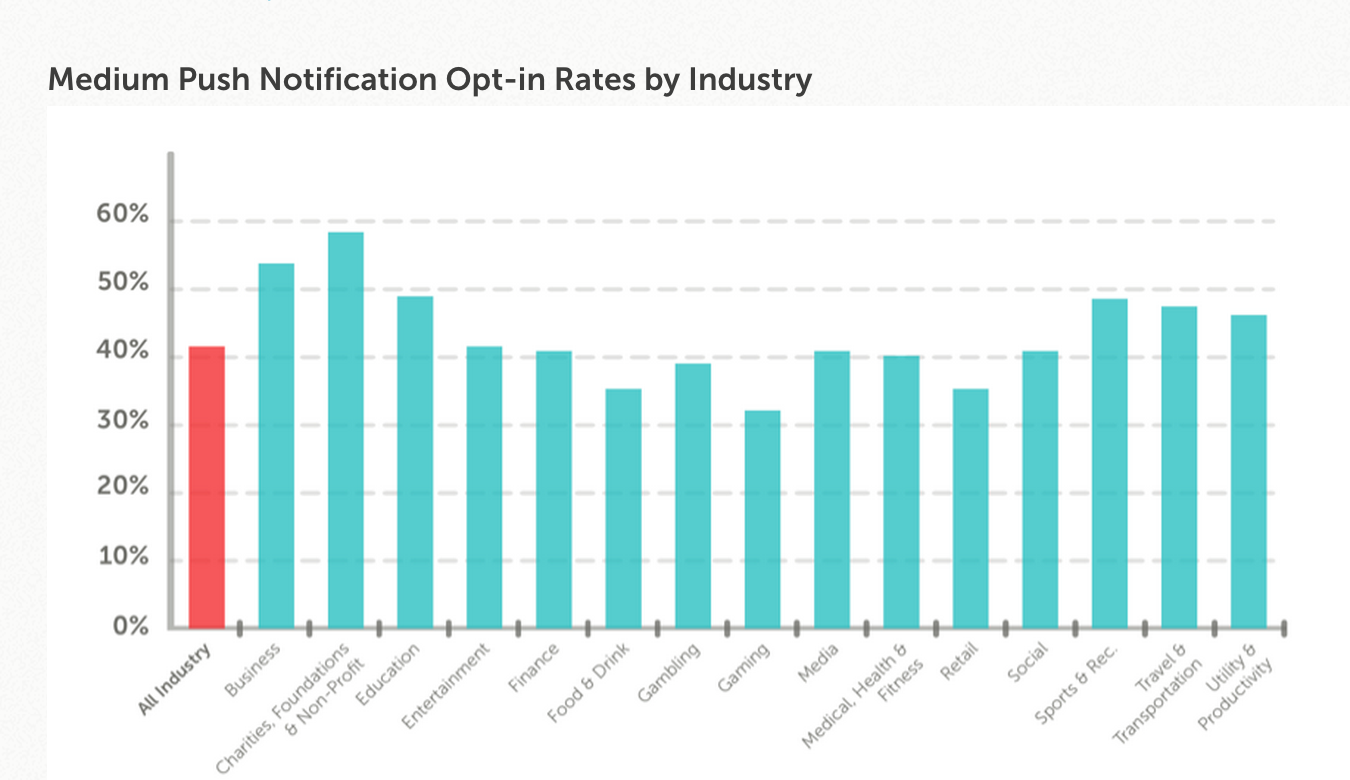Predictions for the Digital Economy in 2026 Report is Live!
Karen Biscopink · August 2015
How to Write Compelling Push Notifications to Increase App Engagement and Retention
This guest post by Buzinga will share best practices for including push notifications in your app, in order to improve user engagement and retention.
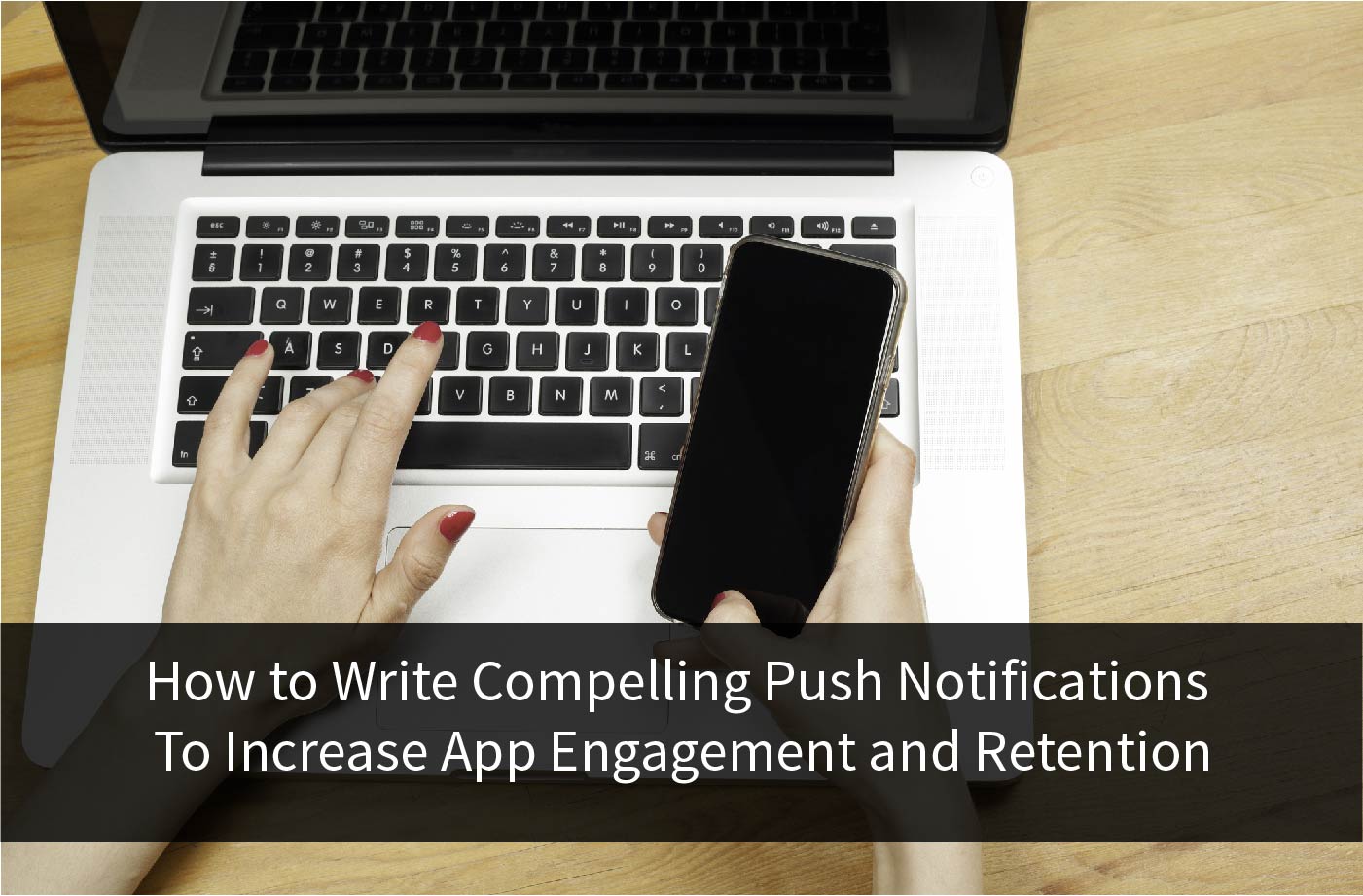
Guest post by Logan Merrick: Logan is the co-founder and strategic director of Buzinga App Development, helping emerging tech businesses and innovative enterprises build world class apps. He has been personally involved in the development of over 75 successful projects, and writes regularly on the subjects of technology, startups and all stages of the app development process. Connect with him on LinkedIn or Twitter.
Push notifications are an essential part of any app's engagement strategy. A solid push strategy will increase loyalty, retention, frequency of use and even your average session time. It does this purely by offering valuable content to the user.
Unfortunately, push notifications have a reputation for being annoying and ineffective. More and more apps are using push messages, and this has naturally caused app users to become more selective about who they let notify them.
One of the easiest ways you can increase your push message click-throuh-rate is by improving the copy - the text of the message itself.
This post will run through some best practices for how you can communicate immense value in your push notifications and get them opened!
When You're Onboarding
Before you begin writing your push workflow, you need to consider the first step people take in the push journey: Opting in to your push notifications.
Recent data by Urban Airship suggests that opt-in rates vary for different industries. Across all industries, the average opt-in rate is 43%, although high-performing apps see notification opt-in rates above 50%.
So how do you compete when you're in an industry that suffers from a low opt-in rate? First impressions are everything! You only get one chance to ask for permission. That's why it's so important that you communicate the value of the notifications you'll be sending.
Here's the official iOS page displayed when users confirm push notifications:

Doesn't sound too enticing, does it?
Include a splash screen with a bulleted list of the benefits users will get from your push notifications, and display it within the first 5 minutes of your app being opened. If your app begins with a tutorial on how to use it, putting this splash screen at the end of the tutorial has been shown to improve the opt-in rate.
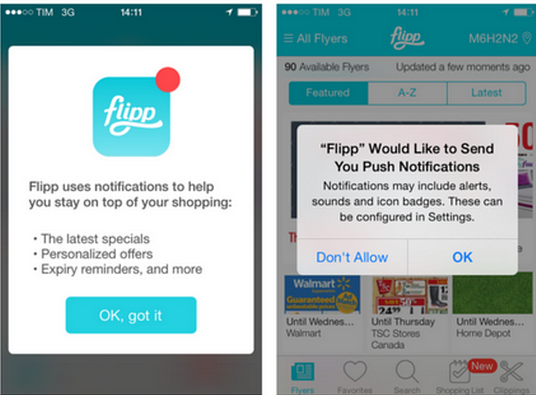
Flipp does this really well. It gauges the reader's interest by using a "pre-ask" splash page. On this page, you should include a customized call-to-action to say "yes" or "no" to push notifications. If users say yes, they'll be promoted to the official iOS page where they can confirm. If they say no, you can prompt them again later when they're more familiar with the app (although there is a much lower chance of them saying yes).
By asking for push notification permissions carefully, you can dramatically increase your push enablement rate and take full advantage of the power of the push!
Be Relevant
The easiest way to break trust is by sending notifications to all your users, at the same time, with exactly the same content.
Understanding your user personas is key to offering types of content they'll WANT to open. Are they social sharers? Are they buyers? What screens do they spend the most time on? Do their past push interactions indicate they like status updates, or exclusive offers?
Segmenting users is crucial to offering valuable, relevant and timely content. Otherwise you risk sending generic pushes that may engage 80% of your audience, but alienate the remaining 20%.
Once you’ve got targeting under control, the key to a good push is in its conciseness.
Be Concise
Length is crucial. Where your message will be cut off depends on the display type and the device itself. For example, banner alters, pop-up alerts and lock screen alerts will all limit your push at a different number of characters. This could be anywhere between 30 and 230 characters.
Many push notification services allow you to preview your push on different device screens and formats before you send it. Make use of this feature and check what your message looks like to all your users.
AppLift found that pushes with less than 10 words have the highest open rate, at 8.8%. The challenge is communicating the same amount of value in 10 words that you would have in 20.
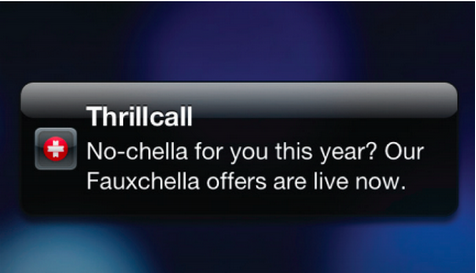
Get the Timing Right
Localytics found that CTRs are highest in the afternoon, followed by morning, then lowest in the evening. They're also 66% higher on weekdays than weekends. It's only a guess, but this is probably because people are looking to their phones to provide distractions during the work day.
Using timing and location services can be an effective way to target users and make them extra relevant - just don't go overboard. Location targeting has a reputation for being "creepy."
For example, if you have a news app, you could send this push on a Friday afternoon: "Friday's nearly over! Check out the top news stories from this week."
Or if browsing is common in your app: "Morning! Shop our latest sale over your morning coffee."
It's another way to add context around your offer. Take advantage of public holidays and major events in cities to personalize your pushes around them based on location. You can even capitalize on current events that you think would resonate with your audience.

Prompt Action
The thing that makes some industries have higher opt-in rates than others is the inherent time-sensitivity of their offerings - ride-sharing apps, weather apps and food deals are the highest performing. There are a few things you can do to capitalize on this even if you're not in a uniquely time-sensitive industry.
Write copy that conveys the urgency of the offer, and put emphasis on the user to complete the action. Call to actions like "redeem," "shop now," "get it," "discover," and "play" have been shown to improve open rates, but really any word that communicates exactly what the user must do once they're inside the app will be effective.
A large portion of ASOS's revenue comes from its sales, and its pushes always make them sound urgent:
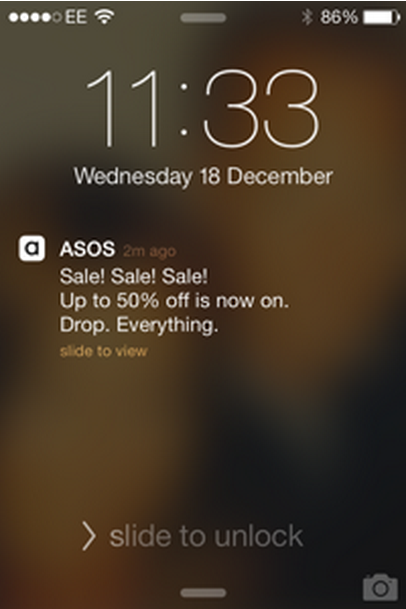
Be Smart and Interesting
Your app users probably receive dozens of marketing messages through their mobile devices every day. Make sure yours stand out from the clutter.
Use power verbs to sound snappy and upbeat, and metaphors and well-known phrases to tap into existing knowledge structures in the brain. Look at the text you've written and replace anything generic.
"Your friend Anne just joined, send her a message" replaced with "Your friend Anne just joined. Say hey!"
"New game level unlocked! Play now" replaced with "New baseball level unlocked! Batter up!"
"Just in! Super chic winter boots" replaced with "These boots are made for walking. And running. And jumping. Shop now!"
If it suits your brand, humor can be another really effective way of piquing interest.

Because push messages come in standardized format, you can't win over users with images or contrasting fonts. All you have is your words, so be up front about what you're asking, and explain the benefit in a way that stands out.
Re-Engage Lapsed Users
If a new user doesn't return to your app within the first week, there's a 60% probability that he or she will never come back.
Engaging lapsed users is one of the best uses for push notifications, and there are a few ways you can gently remind people what they're missing out on.
Use your distinct voice to trigger your brand benefits in users' minds. It's possible that they haven't used your app because they've been unusually busy, so a simple reminder may be all they need to get them back to normal frequency of app use.
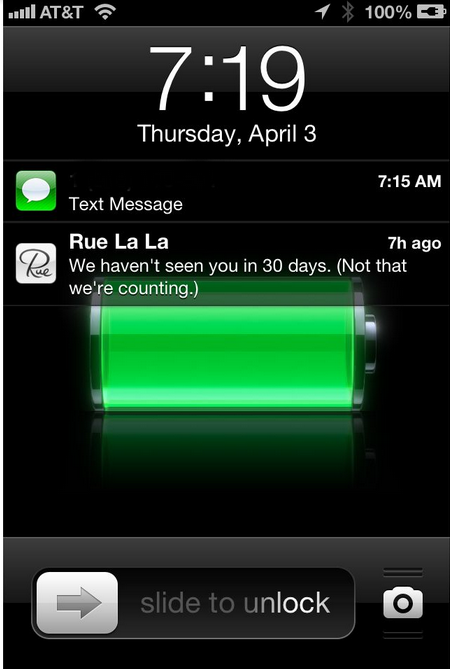
Another engagement technique is to nudge users to continue their last action.
"You've nearly finished level 3! Keep playing to unlock a new weapon." Or, "Your dream coat is just a tap away. Keep looking!"
This will remind them of the benefit they were getting when they last used your app. It's classic psychology to transport them back to their last activity and to remind them that it's unfinished.
You an also push personalized offers based on past behaviors, indicate preferences, or purchase history. For example, if a user was last looking at Mexican food on your app, prompt them with an exclusive mobile offer for tacos!
A/B Test Everything First
Finally, if you've got a large enough user base, A/B testing is crucial to understanding which copy performs best.
Do people respond better to humor or numbers? Short messages or long ones? "Expires in 2 days" or "Expires Monday"?
Test your copy first before launching a full push campaign to make sure your money is going to drive the most engagement possible. Track click through rates as well as in-app events attributed to your message to uncover valuable insights.
When used appropriately, push notifications are an incredibly powerful engagement tool. Understanding the basics of copywriting will go a long way towards improving your CTR and driving users to complete the in-app actions you need to achieve your campaign goals.
Thank you Buzinga for contributing this guest post to our blog today!


